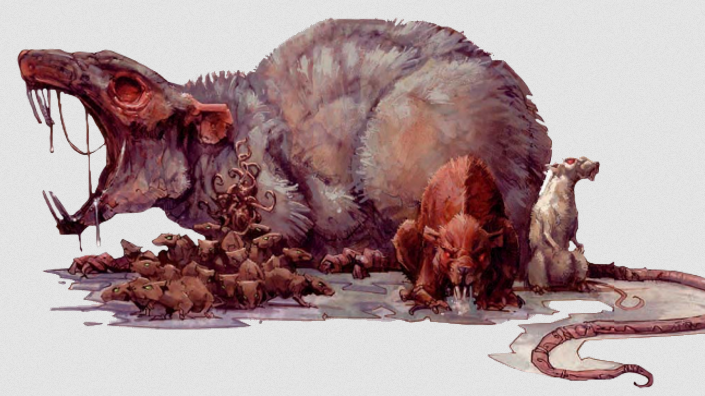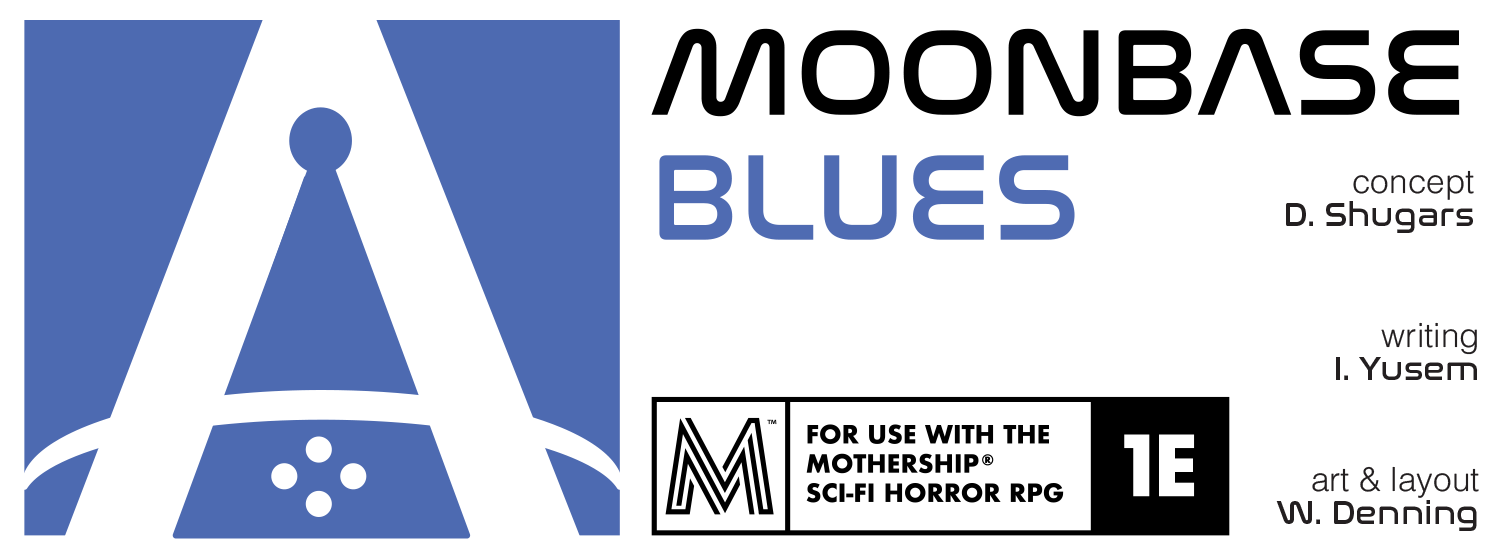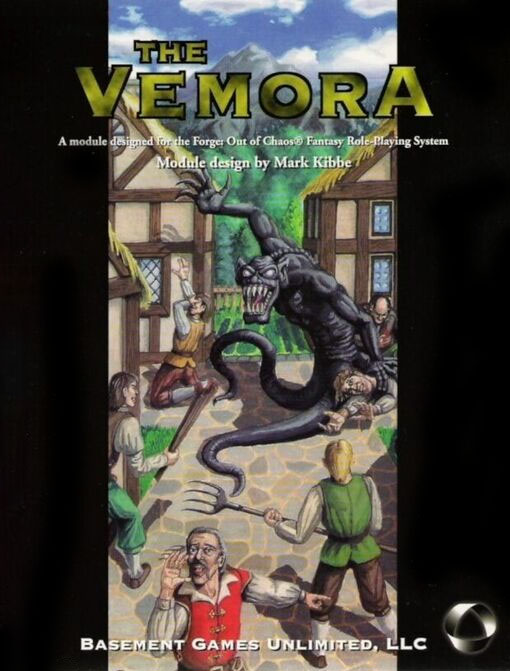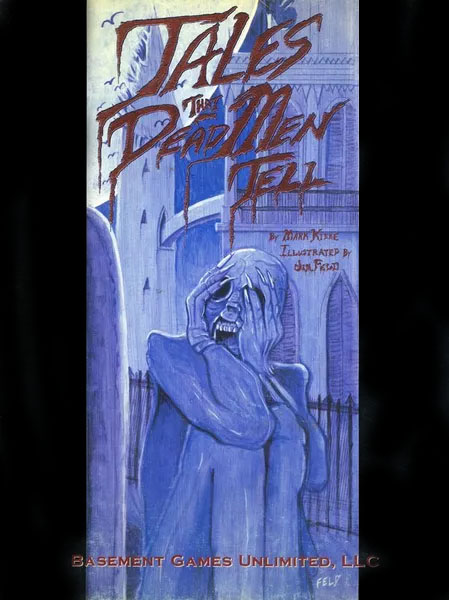
SESSION 41E: RETURN TO THE LOWER NESTS
August 15th, 2009
The 23rd Day of Kadal in the 790th Year of the Seyrunian Dynasty
With a roaring battlecry Tor and Agnarr rushed down the tunnel. The ratbrutes – having turned to follow Tee’s forward dive – were unable to turn back and block the door in time. Tor and Agnarr burst between the ratbrutes, driving them apart. While Tor pushed his back into the corner (raining down blows in a stinking cascade of frying rat-hair), Agnarr quickly circled the other and drew him down the length of the room. Once Tor had finished with his, he joined Agnarr and the two of them together were able to harry and eventually cut down the other.
Unfortunately, until they were finished the ratbrutes made it too dangerous for Elestra, Nasira, or their healing magicks to reach Tee. By the time they did, she had almost bled to death from her wounds.
Once Tee (a little paler for her ordeal) was back on her feet, however, they were able to head down into the lower nest. With their thoughts filled by the dangerous cranium rats, they were hoping they could grab a kennel rat and then quickly find an exit into the southern sewers that they could use to follow one of their maps to Porphyry House.
Instead they found more guards posted. Tee emerged into the first room of the lower nest and was immediately fired upon by four ratlings. They missed, but Tee was pelted with shattering stone from the tunnel walls around her. Agnarr and Tor pushed past her and moved to engage the two nearest ratlings. Tee drew her dragon pistol, shot a third, and taunted them: “This is how you shoot!”
For a moment it seemed like a complete rout, but then two larger ratlings pushed through the curtain leading to the next chamber. The ratling nearest the one Tee had shot grabbed a dragon pistol off his fallen comrade and began firing from both hips. This time Tee was caught by the unexpected hail of fire.
But although Tee was painfully forced to a position of better cover, her sharp-shooting provided enough covering fire (while killing two more of the ratlings) for Tor and Agnarr to make a killing-ground sweep of the room with their swords. Then they briefly debated their next course of action: They knew what lay to the west (“Death,” as Elestra aptly summed it up), but there was another passage to the south.
Thinking of the cranium rats and their milky-eyed masters, Tee described the chamber with the chasm of effervescent green fluid as the True Temple of the Rat God… and she had no interest in tangling with it again. Plus, they were looking for a southern route through the sewers: The other passage would at least be taking them in the right direction.
The next cave-like chamber, however, was filled with more heaping piles of unstable garbage and offal. With a little sigh, Tee started heaving her way over the first of the piles towards the exit on the far side of the room—
And a swarm of black-furred rats with gleaming green eyes rose up out of the garbage around her. The very stench of them – a thick, unnatural musk of terror – suddenly struck the air, sending her senses reeling.
Tor rushed forward to help her—
And plunged through the refuse, between a set of loosely gapped wooden slats, and into a twenty-foot pit or chasm that ran across the width of the room.
Agnarr, seeing what had happened to Tor, ran forward, too. He jumped over the spot where Tor disappeared—
And also dropped into the pit, which was considerably wider than he had anticipated.
Ranthir, looking for a quick solution to Tee’s distress, dropped a fireball into the heart of the swarm – trusting to Tee’s reflexes to avoid the worst of it.
… but the rats were completely unaffected by the firestorm; the flames seeming to lick their way through the fur like some sort of elemental conductor. (Ranthir spent the next several hours cursing the waste of such a powerful spell.)
Tee – finding her mind hazed from the thick stench of the swarm and her flesh burning from their incessant, poisonous bites – fell back towards the others… taking the swarm with her.
In the flaming chaos and chittering madness of the scene, none of them had noticed a ratling priestess slipping into the far end of the room. Nasira, overwhelmed by the swarm, collapsed. The priestess surveyed the situation for a moment and then surrounded herself with a scintillating field of multicolored light.
A mad tittering filled the air and their eyes were drawn to the far end of the chamber as two large, white-furred rats came up to join the priestess. As they entered the room, their titters climbed into a shrieking peal of hideous laughter, ripping through the chamber and blasting insanity across the thoughts of those that heard it. In the chasm below, Tor suddenly turned upon Agnarr in incoherent madness and pounded his fists on the barbarian’s head. Agnarr, for his part, was driven into a panicked frenzy and fled to the end of the chasm, cowering as Tor continued to beat him about the temples.
Following in the wake of their shrieking laughter, the white rat-dogs raced towards the party. Fortunately, as they joined the melee, the madness of their tittering howls faded somewhat. Tor, regaining his senses, stumbled away from Agnarr (who, thick-skulled as he was, was only slightly the worse for wear). Hearing the screams from above, Tor knew they needed to get back in the fight. He unstrung the rope from his belt and hurled it over the wooden slats above. Quickly securing it, he began climbing up. Agnarr followed.
Above them, Elestra, calling upon the Spirit of the City, tried to force her will upon the mind of the priestess. For a moment she succeeded, but as she tried to force the priestess to attack the rats she felt her control slip away like grease from fur.
But Elestra had brought the priestess closer to the melee. And when Tor emerged from the chasm, he found himself directly behind her. Although his first wild swing (dragging himself up over the trash-filled lip of the chasm) missed, the priestess quickly found herself hemmed in between Tor, Tee (who had finally managed to beat herself free from the remnants of the swarm by using her boots of levitation to float a few feet into the air), and (shortly thereafter) the emergent Agnarr.
One of the white rat-dogs, however, leapt up and bit into Tee’s foot, swinging itself up to claw at her calf with its poison-drenched talons. Tee knocked it free, but not before the priestess slipped through their line.
Ranthir, meanwhile, had summoned a giant bombardier beetle with a carapace of glowing white light. The beetle’s powerful acidic attacks were able to rout the last of the swarm, driving it back into the chasm at the center of the room.
The priestess withdrew to the far side of the chamber. Tor pursued her. He tried to keep a careful watch on the placement of his feet, but still slipped and nearly fell back into the pit – only narrowly catching the lip.
Agnarr, on the other hand, roared ragefully and leapt across the entire pit. The priestess might still have escaped as she nimbly darted across the surface of garbage drifts through which Agnarr was forced to shove his way—
But Ranthir dropped a web across the entire width of the far passage, blocking her escape entirely.
The priestess, caught on the edge of the web, ripped her way free and tried to defend herself against Agnarr (and Tor, who caught up only moments later)… but she could do little against the cold steel (and fire… and lightning) of their blades.
Meanwhile, with the swarm gone, the others were able to rally and pound away at the laughter-mad white rats until their last titters were lost in gurgling blood.
Running the Campaign: Tactical Traps – Campaign Journal: Session 42A
In the Shadow of the Spire: Index



















